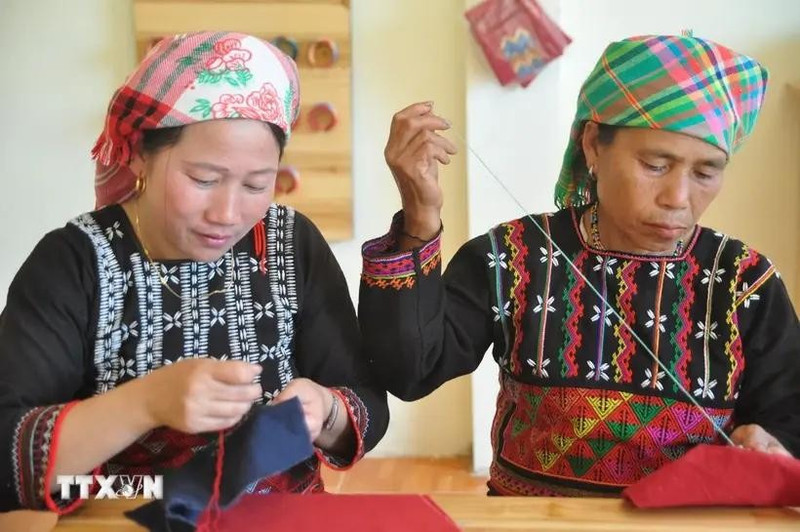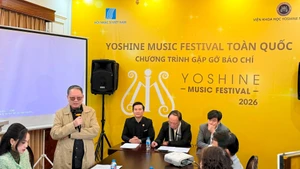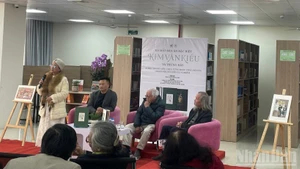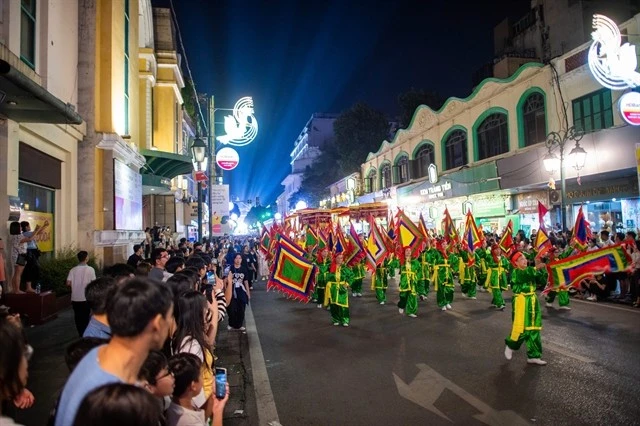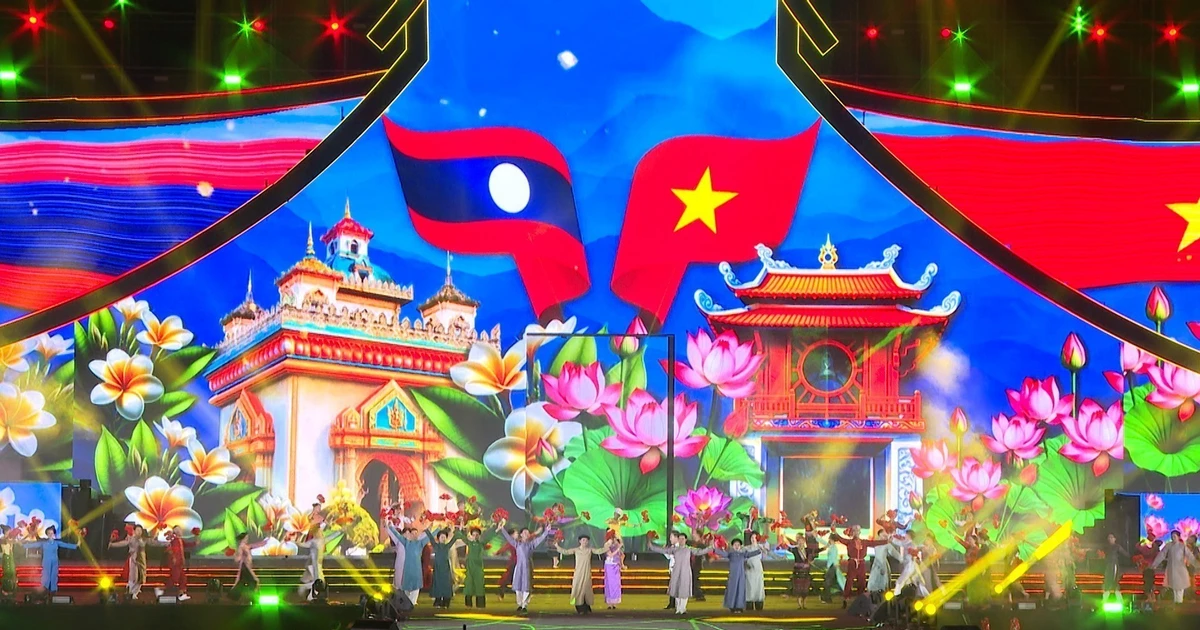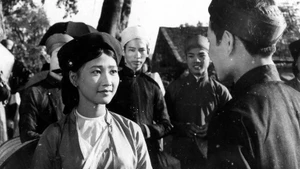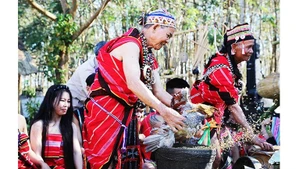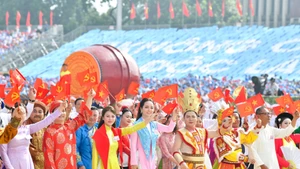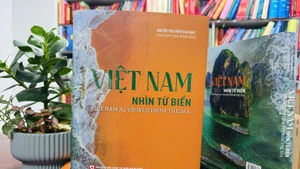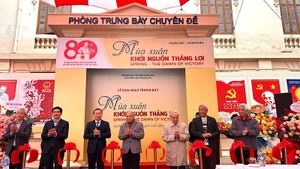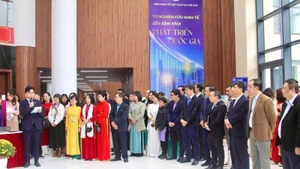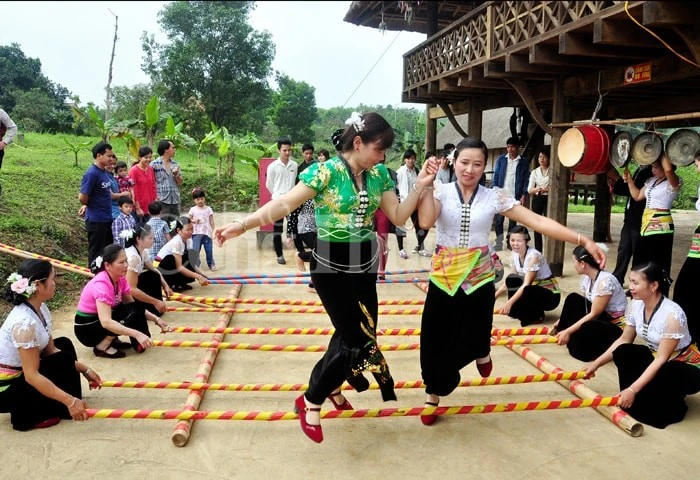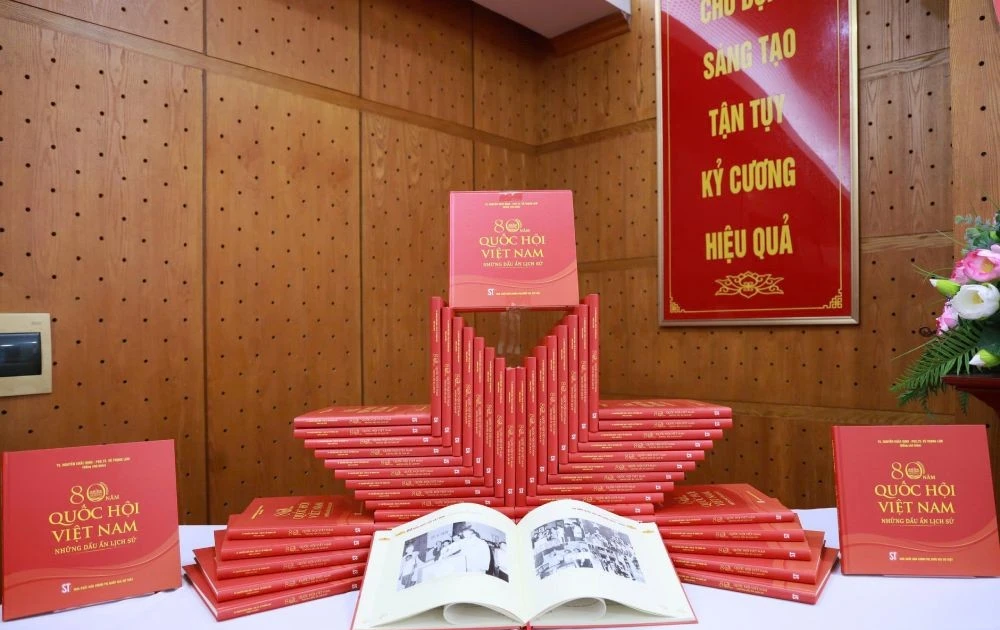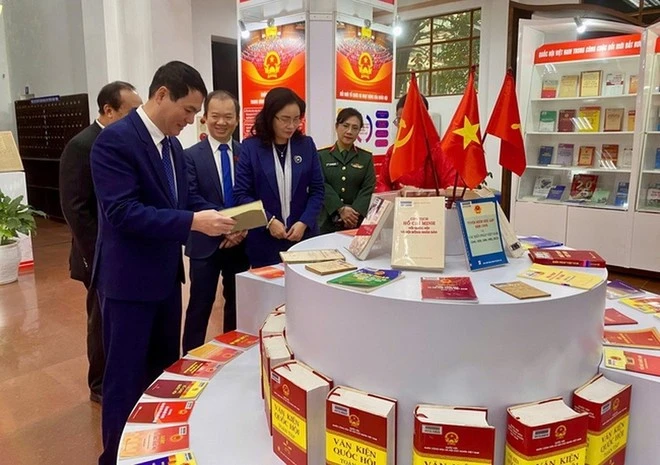In these regions, every festival, song, dance, and custom embodies the history, wisdom, and aspirations of the community. When properly safeguarded, such cultural identity becomes a sustainable resource for socio-economic development.
Recognising this potential, numerous local Party committees in ethnic minority areas have implemented effective strategies to harness cultural values, creating tourism products that are both attractive and economically viable, while simultaneously preserving and promoting local heritage.
Lao Cai province, home to 33 ethnic minority groups, boasts a wealth of intangible cultural heritage. This includes four elements recognised by UNESCO as representative of humanity, 56 nationally listed intangible cultural heritages, one site designated as a special national heritage, 34 national-level heritage sites, and 172 provincial-level sites.
When properly safeguarded, cultural identity becomes a sustainable resource for socio-economic development.
Prioritising the preservation of cultural identity within everyday living spaces and ensuring tangible benefits for local communities, Lao Cai’s Party committees and authorities have developed concrete plans to position culture as a driving force for development and sustainable livelihoods.
As a result, cultural heritage has been revitalised and woven into distinctive tourism offerings that appeal to both domestic and international visitors. In the first eight months of 2025, Lao Cai welcomed approximately 7.6 million tourists, including 925,000 international arrivals. Tourism revenue surpassed 32 trillion VND, reaching 69.45% of the annual target.
In addition to crafting unique tourism experiences, the province has promoted OCOP (One Commune One Product) items rooted in ethnic minority traditions—such as brocade textiles, corn liquor, Shan Tuyet tea, honey, and traditional herbal remedies. With support for branding and traceability, these products help preserve traditional crafts while enhancing local incomes and improving living standards.
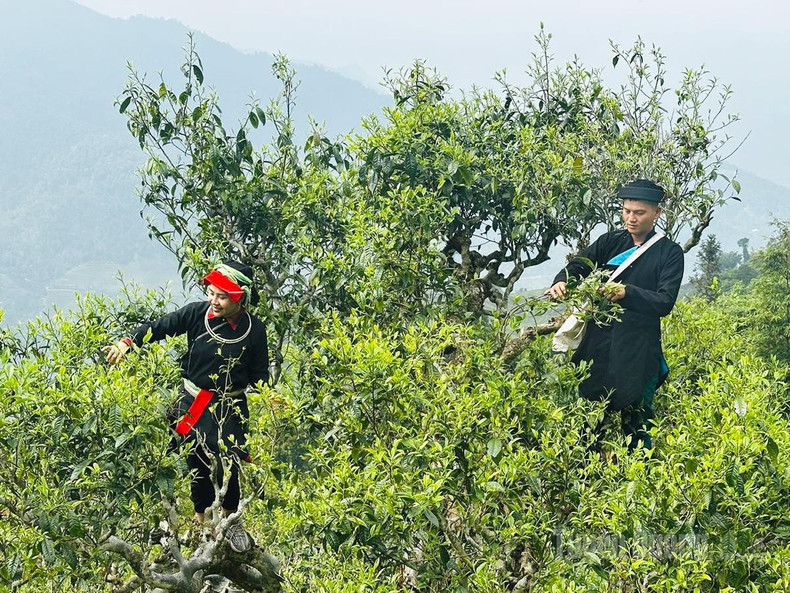
Meanwhile, in Tuyen Quang province, the ancient Shan Tuyet tea of Tay Con Linh stands out as a cultural product that harmonises natural elements with traditional craftsmanship. Recognising its high economic value, the provincial agricultural sector has expanded cultivation, developed branding, and promoted the tea both domestically and internationally.
Tuyen Quang now cultivates nearly 14,000 hectares of tea, yielding an annual output of around 68,000 tonnes and generating over 700 billion VND in production value.
Leveraging the potential of Shan Tuyet tea, local businesses, cooperatives, and producers have created more than 40 products meeting provincial OCOP standards, with two earning the prestigious 5-star national OCOP certification.
Growth must be balanced. It should ensure social welfare, progress, identity preservation, ecological protection, and efficient resource use.
Emphasising the broader importance of cultural development, especially in ethnic minority regions, Party General Secretary To Lam reiterated that growth must be balanced. It should ensure social welfare, progress, identity preservation, ecological protection, and efficient resource use.
Development, he noted, must not sacrifice the environment, culture, or welfare for mere economic gain, but instead aim for a sustainable, equitable, and humane future.
In line with this vision, authorities at all levels have collaborated closely with communities to foster vibrant cultural lives, ensuring that ethnic identities remain dynamic and serve as invaluable assets for sustainable local socio-economic development.
